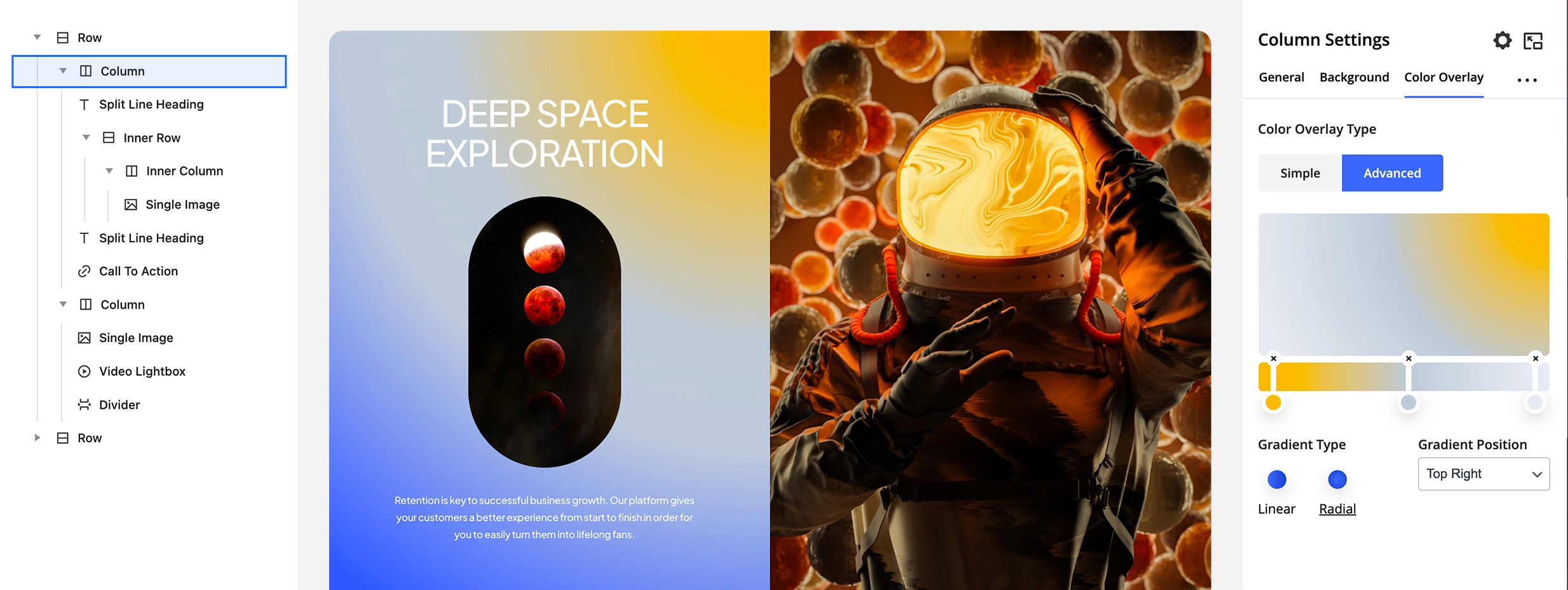Over the years, there have been significant advances in web development.
Web development has reached an entirely new level due to new technology, and concepts, into what is now considered an industry standard. As a result, it is critical for any web development business to adapt in line with this development. There, we go through how web development has evolved and what factors a web development business should consider now.
Today, very few businesses would create a website from scratch. Instead, you would employ a CMS (Content Management System), which gives you a ton of capability and eliminates the need for you to be a software engineer to make alterations to the website.
What is CMS
A content management system, or CMS for short, is software that enables non-technical individuals to generate, manage, and alter content for websites easily.
The front end and the back end of a CMS are the two main components. The user interacts with the front end of the system. It has to do with how websites are formatted and organized. To present rich, interactive content that is styled to go with your company’s branding, the front end combines HTML, CSS, and JavaScript.
The CMS is made up of these two systems when combined. You can publish material using them without constructing your online application from scratch or comprehending web technology.
Here are a few examples of the various content management systems that are now accessible.
- Coupled CMS
A classical CMS is another name for a connected CMS. It provides a fully functional back end that connects to, edits, and publishes material to a front end with a stylized appearance.
- SaaS CMS
Although a SaaS CMS is an entire, end-to-end solution, a linked CMS is hosted on-premises; This indicates that it doesn’t need to be set up, installed, or ready for web hosting.
- Decoupled CMS
The presentation portion of the website is “decoupled” from the back end in a decoupled CMS. The delivery system is located between the website’s presentation and the back end and is accessed via an API (API).
- Headless CMS
A front-end web application specifically created for a headless CMS has only a back-end system that accesses a database and stores content.
The most well-known content management system is WordPress. While there are undoubtedly other content management systems available, WordPress holds a market share of over 65.1% of websites using a well-known CMS.
Why use WordPress for web development?
It can be mentioned that WordPress is one of the platforms that bloggers use the most frequently. Users from all around the world choose this platform above others for creating straightforward websites. Thanks to its vast plugin library, WordPress can elegantly meet your publishing needs. You don’t need to know how to write to take advantage of the platform’s advantages. No prior knowledge of Joomla, PHP, or HTML is required.

On the other major systems, such as QuickCms, changing the graphic formats or even the tables can be laborious. Users of WordPress have access to both free and paid themes. WordPress allows for creating custom themes, and you can choose from a selection of premium themes.
Significant benefits of using the WordPress CMS platform include:
- Free registration on WordPress! At any time, there are no transactions necessary.
- Simple to use, with various themes and plugins to choose from, accessible, and requires little to no code!
- Huge neighborhood: A sizable community for WordPress, officially known as WordPress.org, is made up of numerous engaged users, designers, bloggers, and other contributors. It aids in resolving all questions and potential problems for which reliable solutions are anticipated.
- WordPress performs all of the SEO duties that are required of a CMS. It moves quickly, and the software is competent and straightforward when adding tags or labels to an image. Additionally, it functions effectively on several devices and major browsers.
- Individualization Numerous themes and designs have been incorporated, various colors are available, and the control panel has settings where different elements can be added.
- WordPress allows the creation of a wide range of websites, including e-commerce sites, blogs, video websites, photography, directories, membership sites, question-and-answer websites, knowledge-based websites, service websites, and appointment-based websites. WordPress may be used in any niche.
- Since WordPress is simple, posting content is simple; all it takes is a click and no coding to get your blog up and to run.
- WordPress is equipped with tons of Visual Editors as a powerhouse.
In a country like Singapore, Singapore web designers mostly use WordPress for their websites. Organizations like the Productivity Solutions Grant (PSG grant) and the Enterprise Development Grant (EDG grant) in Singapore help companies, especially small and medium-sized enterprises, to subsidize their IT use by developing their websites using WordPress.
Conclusion
WordPress is straightforward, and no technical knowledge or experience is required. You don’t need to hire a web developer to get started because there are thousands of pre-designed themes available. You can start up your own freelance web designer services with WordPress because it is easy to learn and has no need for a lengthy understanding to be able to build a website. Most make approximately 4000-5000 dollars a month just from offering freelance web developer services. In terms of web development, WordPress is, without a doubt, the best CMS.

